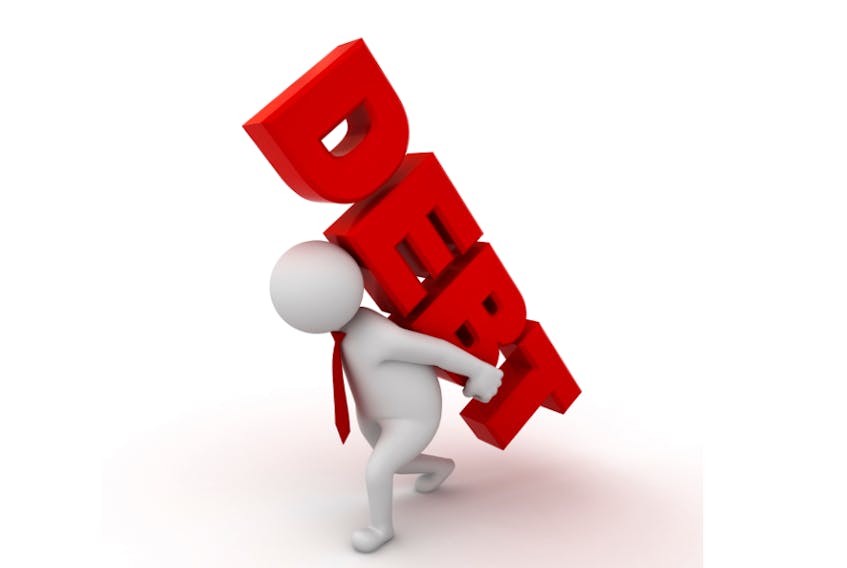The recent epistle from the provincial auditor presents a very incomplete picture of the dire straits the people of this province face in the very near future.
While net debt is listed at $14 billion, the total debt is $23 billion. This is the total amount that must be repaid. There is no acknowledgment of “unfunded liabilities.” Nalcor is carrying $9 billion of (Muskrat Falls) debt as self-supporting. This is misleading.
There is no way that $9 billion can be added to the current $3 billion of utility assets “used and useful” in the provision of supply without rate shock and system implosion.
The $9 billion will become a public debt obligation taking our debt to $32 billion. With provincial GDP at around $30 billion, this represents a debt-to-GDP ratio of 110 per cent.
Harvard economists Rogoff and Reinhart consider a debt-to-GDP ratio of 90 per cent as the tipping point into decline — “a critical imbalance.”
This, they say, is the consensus of economists.
It gets worse.
We face serious economic threats at the national level. The Bank of International Settlements (the bank of banks) has put the Canadian economy on an economic crisis watch based on serious deterioration in a number of metrics including the credit-to-GDP and the debt-service ratio at both the national and household level.
Canada’s household debt is at $2.5 trillion equal to about 170 per cent of disposable income.
Eight per cent of households have a 3.5 ratio or 350 per cent.
Canada’s public debt is $1.9 trillion, $1.33 trillion of which is foreign denominated equal to 80 per cent of GDP.
The real threat in both cases is rising interest rates which would increase costs to consumers and government. Refusing to raise interest rates, on the other hand, would lead to currency depreciation.
It gets worse(er).
At the international level the world is awash in debt as a consequence of “monetary central planning” by central banks. World GDP is estimated to be $70 trillion and debt at $250 trillion, a ratio of 350 per cent. A healthy ratio is 1.5.
Deutsche Bank reports that 80 per cent of the world’s assets are overvalued denominated in U.S. dollars.
The Warren Buffet ratio is a very useful valuation metric: total market capitalization-to-GDP (U.S.). It should be below 100 per cent. Simply, the stock market cannot be worth more than the economy that supports it. It is now at 150 per cent.
Another interesting metric is the number of hours of work required to buy the S&P Index. In 1980 it was at 20 hours. It is now at 120 hours. The historic average since 1960 is 60.
Many economic analysts consider the Chinese economy to be a giant Ponzi scheme. Harry Dent, for example, sees China as the “epicentre of the greatest bubble period in modern history.” The Chinese economic miracle is nothing but a giant Ponzi scheme of concrete, steel and conspicuous excess capacity with total debt as a percentage of GDP at 300% per cent.
A major economic correction is inevitable in the next 12-24 months, so say the experts.
This confluence of events will have a profound effect on both public and private finances.
How many people can afford an extra $100-150 per month to cope with rising costs?
Will a provincial default be inevitable as a result of (Muskrat Falls) debt?
In conclusion, our current parlous state is not the result of inadequate revenue. On the contrary, it is a consequence of excess revenue that was wasted.
Twenty billion in oil revenue gone and $14 billion wasted on a useless energy project.
I happened across an ancient inscription dating from 3,800 BC — “We have fallen on evil times. Politics is corrupt and the social fabric is fraying.”
Or as the French say: “Plus c’est change, plus ca la meme chose.”
Or l’etat obese — The obese state.
Andy Wells
St. John’s
RELATED STORY:








